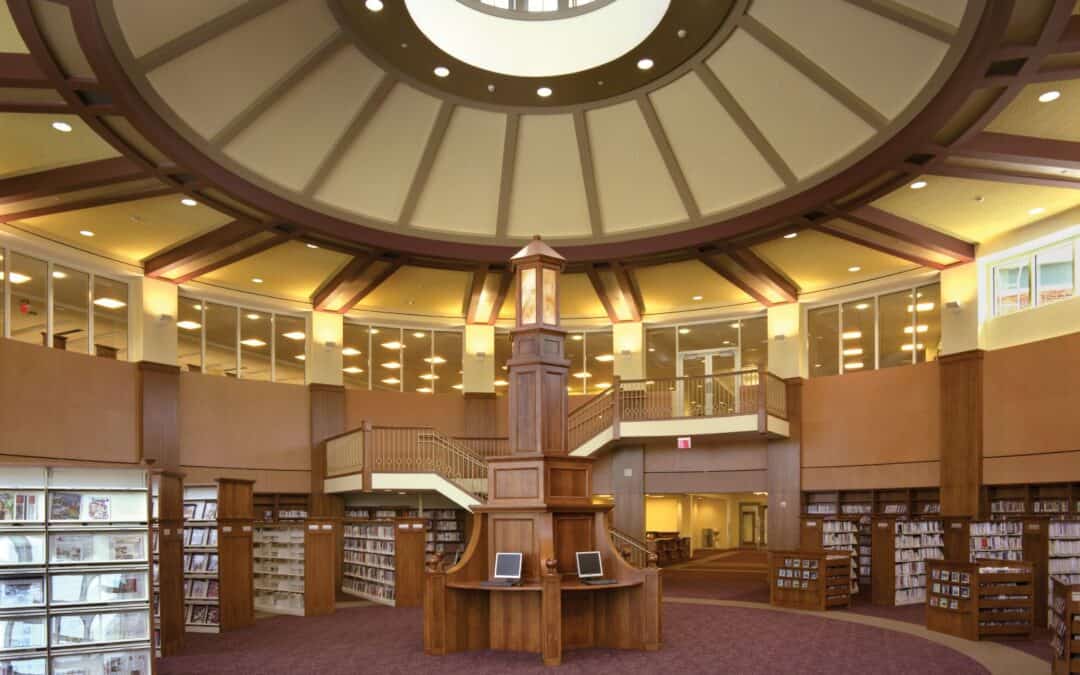Did you know red has a stimulating effect, while blue can create a feeling of calm? Color perception has a significant impact on our view of the world. That’s why interior designers use various color schemes to create moods in a space. For instance, in a bedroom, a designer may choose cool colors like blue, green, or purple for relaxation, whereas a kitchen or bathroom may have warm colors to help fuel your get-up-and-go.
Color’s Influence on Interior Design
To say color is everything in interior design isn’t a stretch. Interior designers strive to create spaces that best reflect their clients’ personalities and preferences using color. They take the psychology of colors into account because they recognize that people will spend a great deal of time in the space—and everything in it should work in harmony to elicit the desired emotions.
When it comes to how interior design affects mood, the color, walls, furniture, flooring, and fixtures all play an essential role in setting the emotional tone of the space. Colors can even alter visual perception, making a room seem larger or more compact.
Influence of Wood Colors
In nearly every residential or commercial space, wood is part of the structural and decor landscape—and it’s no wonder. Wood is highly versatile and offers architects and interior designers a wide range of options for walls, doors, cabinetry, flooring, accents, furniture, and more.
Whether it’s light woods like oak and pine, medium options like hickory and teak, or dark colors like black walnut and mahogany, wood color plays a significant role in creating the overall effect in a space.
Light Wood Tones Feel Open and Airy
The blond and beige tones in lighter wood color finishes are perfect for today’s minimalist lifestyle. The clean appearance of pale-wood colors creates a bright, airy cleanliness—ideal for those who don’t appreciate clutter. Lighter wood color finishes don’t absorb as much light and don’t usually contrast their surroundings as much as darker tones. That’s why lighter-colored woods can make a space feel more open and airy.
Medium Wood Tones Create Comfort
The caramel and honey tones in medium wood color finishes make them perfect for creating warmth in any space. They can easily blend in with the other decor elements, and even if you’re going for a modern interior design influence, using a medium-colored wood color finish can make the space feel more vibrant and inviting. These tones can make a room feel cozier even when the interior has gray and other cool tones.
Dark Wood Tones Add Drama
Rich, dark brown, or black wood tones make a statement. The deep tones of dark wood colors can create drama, particularly when paired with pale white and neutral wood colors. Dark wood color finishes create a romantic feel when paired with deep hues like red or violet. A clean, minimalist look can be achieved with dark wood colors, but the warmth of the color can cancel out the spareness in a space.
What About Mixing & Matching Wood Tones?
Yes! Mixing and matching wood colors that go together can give an interior more character. You can take medium, dark, and light wood colors and have them all harmoniously working together to achieve the design objective.
Let’s say you have a minimalist space with a neutral color scheme and want a more intimate interior design influence. Add some medium-toned wood accents or furniture to make it feel more inviting. Or maybe you have a room with a dark wooden floor that feels too small. Open the space with light wood furniture and accessories paired with a light or neutral color palette.
Custom Color & Design Options From Mock Woodworking
Custom woodwork from Mock Woodworking offers limitless possibilities, and our skilled craftsmen have the expertise needed to bring your vision to life. Contact our team to discuss types of finishes for wood or wood color combinations for your project today. Let us estimate your job and demonstrate how we can make your project or venture a success.


